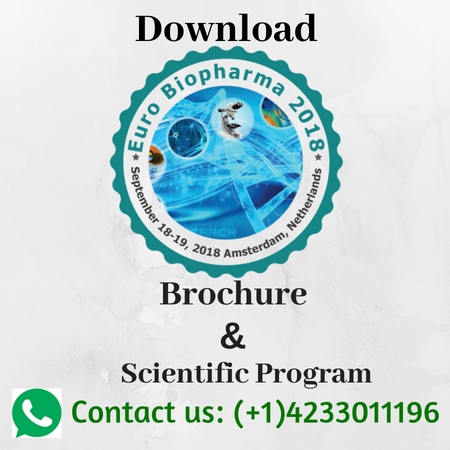Saeed Shojaee
Universities of Kent and Greenwich, Chatham, Kent, UK
Title: The effect of antioxidant and filler type on diltiAzem hydrochloride sustained release tablet matrices containing polyethylene oxid
Biography
Biography: Saeed Shojaee
Abstract
Abstract : Polyethylene oxide (PEO) is one of the hydrophilic polymers that have been extensively used to prepare sustained and modified release dosage forms.The objective of this study is to investigate the effect of vitamin E succinate and different fillers (mannitol and DCP) on release rate stability of highly soluble drug diltiazem HCl containing Polyethylene oxides.
The effect of storage conditions showed that the release rate of the drug was significantly increased from tablets that were stored for longer periods at 40 â—¦C. That is to say, drug release was faster at longer storage times
(8 > 4 > 2 > 0 weeks) Figure 1(A). The increase in drug release is expected to be due to oxidative degradation Primarily in the amorphous region of the polymers1.
The results in Figure 2 (B) also showed that there was a significant decrease in the drug release rate of the formulations that contained all concentrations of Vit E used (1% w/w). In other words, the use of Vit E PEO decreased the rapid drug release occurring as a result of the storage time (2, 4, 8 weeks) at 40â—¦C. The reason behind this phenomenon could be when Vit E was dispersed in the PEO containing drug, it delayed the penetration of oxygen (O2) into the PEO matrix during the storage time1{Figure2(B)]. These results confirmed by viscosity data which they are shown in Figure (2). As it can be seen from Figure (2) the viscosity of the polyox samples containing Vit E is higher than the same samples without Vit E. Fig.3 (A,B) shows that there was a significant decrease in the drug release rate of the formulations contained mannitol and dicalcium phosphate (DCP). This can be attributed to an increase in viscosity of gel layer and also they are able to form a complex with a cationic drug.

